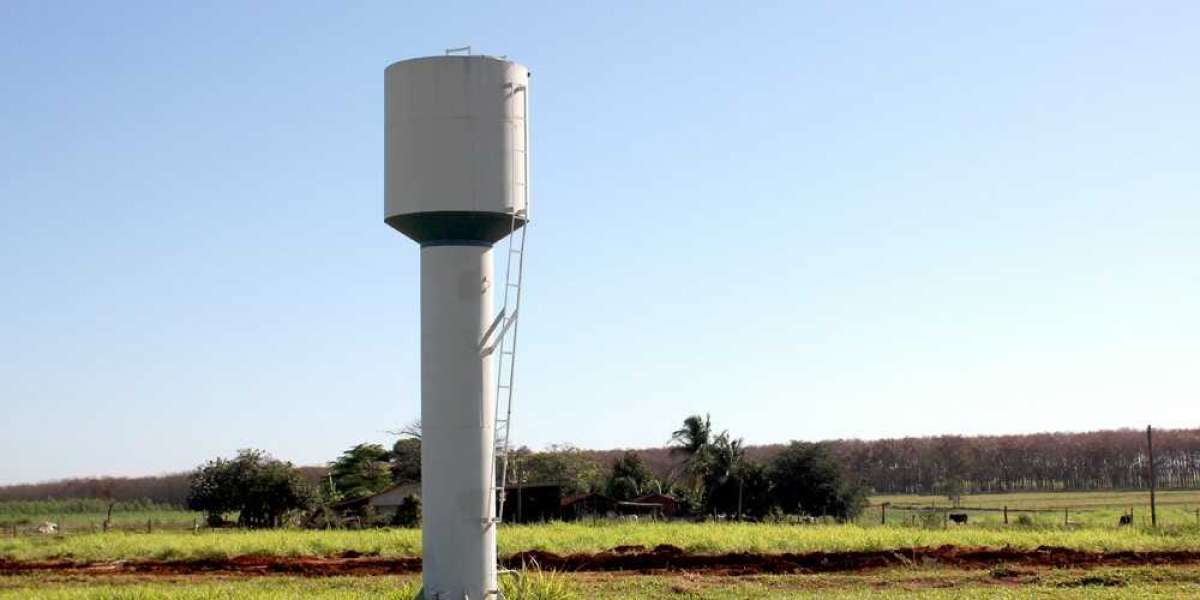Extracorporeal Shock Wave Lithotripsy (ESWL) Remains a Key Non-Invasive Treatment for Kidney Stones
– Extracorporeal Shock Wave Lithotripsy (ESWL), a non-surgical procedure utilizing shock waves to break kidney stones into smaller fragments for natural passage, continues to be a widely adopted treatment method. Recent developments and studies highlight its ongoing role in urological care, alongside considerations for its effectiveness and potential alternatives.
Key Aspects of ESWL in Current Practice:
- Non-Invasive Approach: ESWL remains a significant advantage for patients seeking a less invasive treatment option compared to surgical interventions like ureteroscopy. The procedure is typically performed on an outpatient basis, allowing patients to return home the same day.
- Technological Evolution: While the fundamental principle of using shock waves remains the same, lithotripsy machines have seen advancements in energy delivery and imaging guidance to improve targeting and minimize potential side effects.
- Effectiveness and Limitations: Studies continue to evaluate the efficacy of ESWL based on factors like stone size, location, and composition. It is generally most effective for smaller stones (under 2 cm) located in the kidney or upper ureter. Harder or larger stones may require multiple ESWL sessions or alternative treatments.
- Comparison with Other Modalities: Research increasingly compares ESWL with other minimally invasive techniques like flexible ureteroscopy and laser lithotripsy (FURS). Some studies suggest FURS may have higher stone-free rates, particularly for larger stones, but ESWL remains a valuable first-line option for many patients due to its non-invasive nature and lack of need for stent placement in most cases.
- Burst Wave Lithotripsy (BWL) as a Potential Alternative: An innovative technique called Burst Wave Lithotripsy (BWL) is showing promise as a potentially more accessible and less invasive alternative to ESWL. BWL uses short bursts of ultrasound energy to break up kidney stones, with initial human studies indicating successful fragmentation with minimal tissue injury and potentially without the need for sedation.
- Factors Influencing Success: The success rate of ESWL is influenced by several factors, including stone size, density (measured in Hounsfield units), and the distance between the skin and the stone. Clinicians are increasingly using these parameters to predict outcomes and tailor treatment strategies.
- Potential Side Effects and Management: While generally safe, ESWL can have side effects such as pain during the passage of stone fragments, blood in the urine, and bruising. Strategies for managing these include pain medication and ensuring adequate hydration. Rare complications like kidney hematoma or infection are also monitored.
- Personalized Treatment Approaches: The decision to use ESWL involves a careful evaluation of the individual patient, considering their stone characteristics, overall health, and preferences. Shared decision-making between the patient and urologist is crucial in selecting the most appropriate treatment.
Ongoing Research and Future Directions:
Research continues to focus on optimizing ESWL techniques, refining patient selection criteria, and exploring novel technologies like BWL to improve the outcomes and patient experience in the management of kidney stones. The goal is to provide effective, minimally invasive treatments that reduce complications and healthcare costs.








